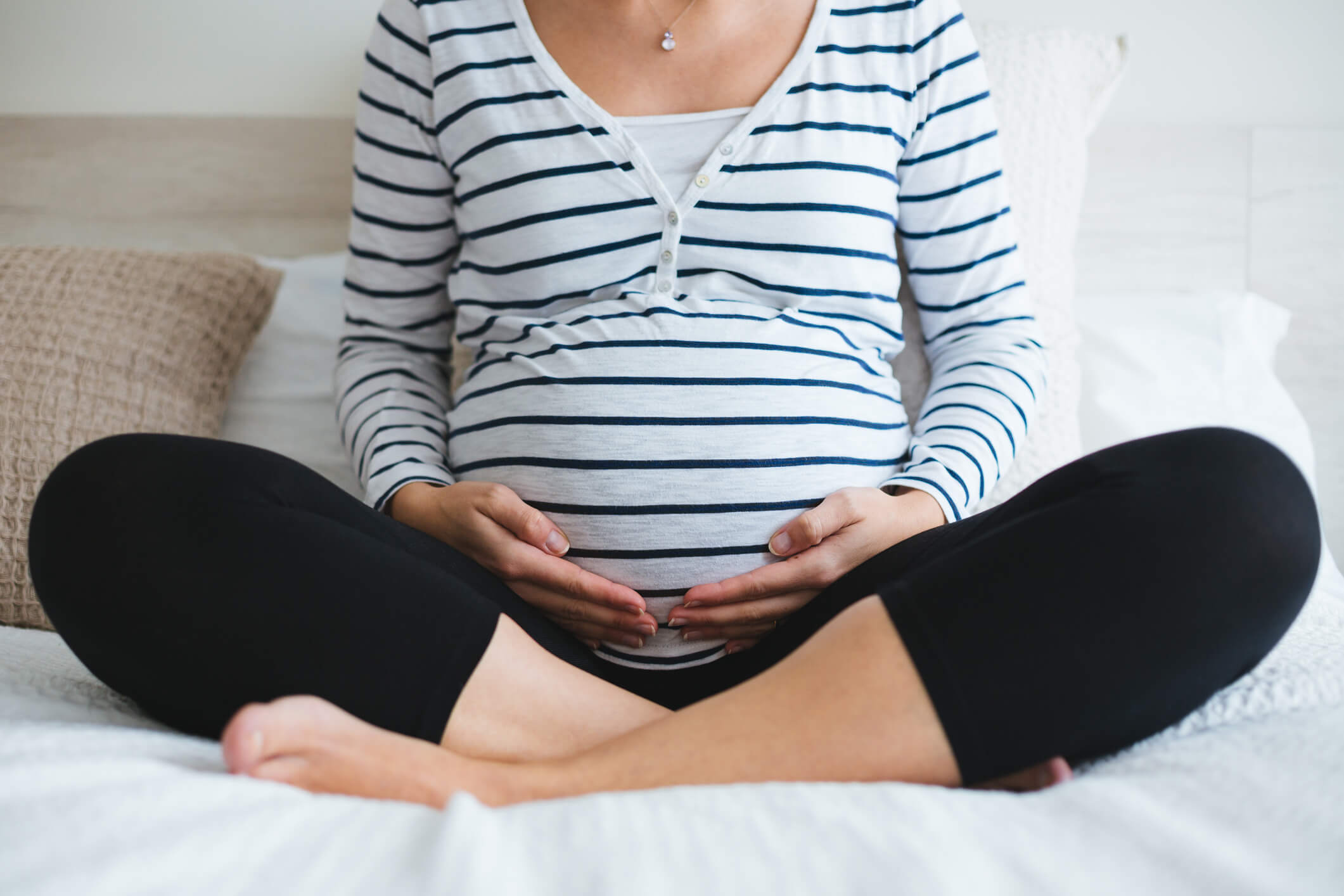-
The thought of something going wrong during childbirth can be daunting. But understanding what can happen during childbirth can help you get through any complications on the day.
We ask Cabrini Hospital’s Director of Maternity Services, Danielle Wilkins, about common complications during childbirth and how they’re managed.
"Every birth is different, and there is always a risk of complications. But even if your birth doesn’t go to plan, your midwife or obstetrician will be there to help you and your baby get through safely."
Slow labour
During early labour, rest and allow your body to progress as it wants to. If your labour slows or stops during established or strong labour, you may be able to get things moving again with some simple steps, like a change in your position or walking around. Your midwife or doctor may assist by breaking your waters, or using medicine to restart your contractions. If labour slows or stops during the second stage (the pushing stage) you may need to have an assisted birth. Your obstetrician will use forceps or a ventuose (known as the vacuum method) to help guide the baby out. In some cases, you might have to have a caesarean section.
The baby is in an unusual position
Most babies are born headfirst, but some may be in a position that makes it harder or more dangerous to give birth. If the position is breech before labour starts, the baby may be assisted into a head first position using a technique which involves rotating the baby, like having a deep massage on the tummy. If the baby is in the wrong position during labour, you may need an assisted birth or in some cases, a caesarean section.
Baby is in distress
The midwife or obstetrician will monitor the baby throughout your labour. But if the baby appears to be in distress, for example if they have a faster or slower heartbeat, they may need to speed up the labour with an assisted birth (or in some cases a caesarean).
Perineal tear
The vagina needs to stretch to allow the baby to be born and there is often a small amount of tearing associated with this during the first birth. This will be repaired with some stitches following the delivery of the placenta, using local anaesthetic to make everything numb.
Episiotomy
Sometimes the midwife or doctor make a small cut to the skin and muscle between the vaginal opening and anus using surgical scissors. A doctor or midwife will repair the cut with stitches, using a local anaesthetic. This is generally done if the baby is in distress and needs to be born quickly.
Postpartum haemorrhage
Losing some blood during childbirth is normal but some women will experience excessive bleeding. Your midwife will check on you regularly after the birth to check you are ok and provide treatment if you need it.
Retained placenta
Occasionally the placenta doesn’t come away from the uterus when a baby is born, so the obstetrician needs to remove it gently using their hand. This is usually done with an epidural or a light general anaesthetic.
It’s important to remember that many women will give birth without complications. If you’re concerned or anxious about any potential complications, speak with your midwife or obstetrician.
Read more about making the choice between a midwife and an obstetrician
When childbirth doesn’t go to plan

-
Avoiding cold and flu during pregnancy
During pregnancy, women are at an increased risk of experiencing complications from the flu. Make sure you understand what steps you can take to help keep you and your baby healthy.
-
Choosing childcare that fits your family
Here’s what you need to know when choosing childcare
-
How to avoid 'dad bod'
How to keep fit and healthy with a new baby in the house
-
Expecting a baby during COVID-19
We address some common questions you may have.
-
Understanding your hospital birth options
Making the choice between public and private
-
How your extras can help during pregnancy
Use your cover to stay healthy
Subscribe to receive the best from Live Better every week. Healthy recipes, exercise tips and activities, offers and promotions – everything to help you eat, move and feel better.
By clicking sign up I understand and agree to Medibank's privacy policy






